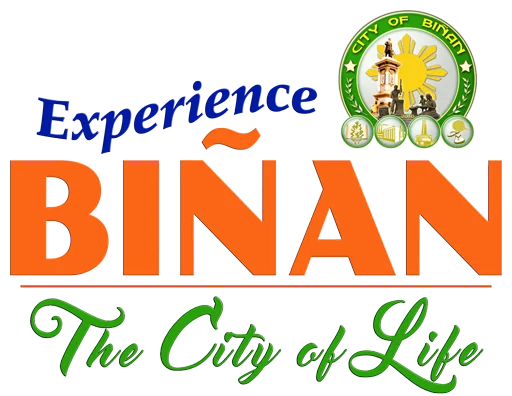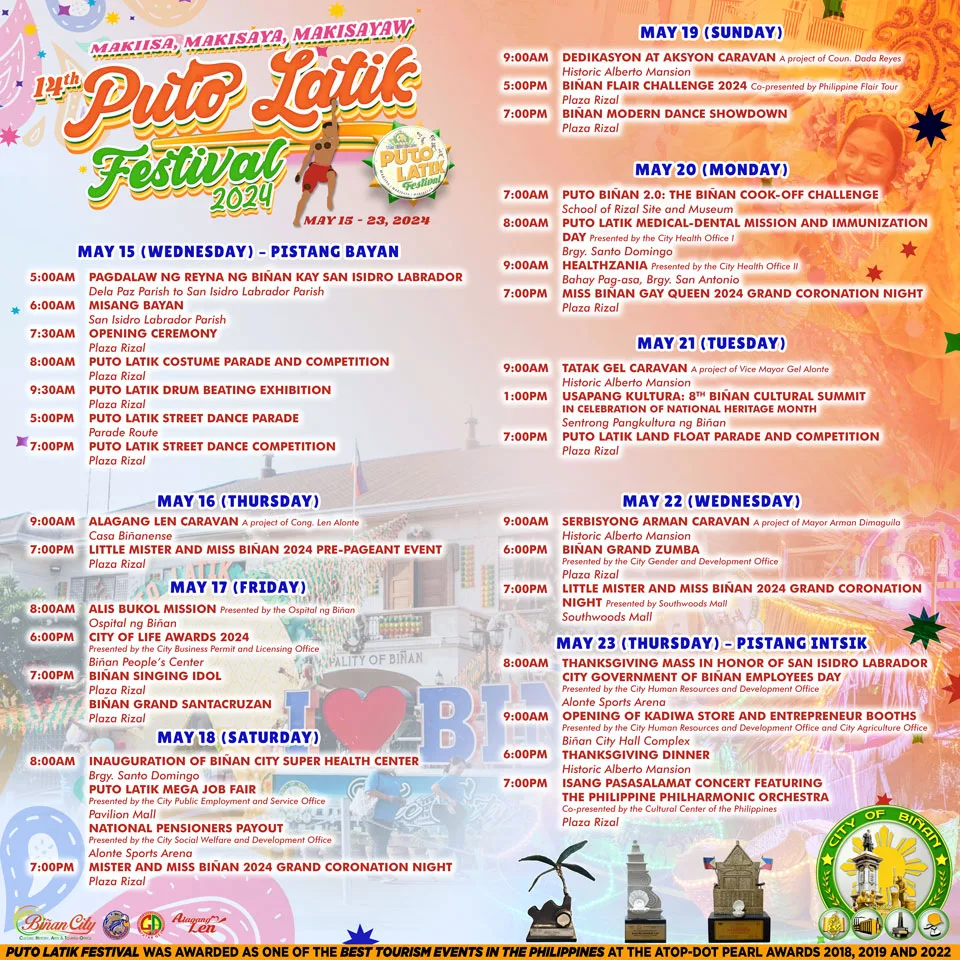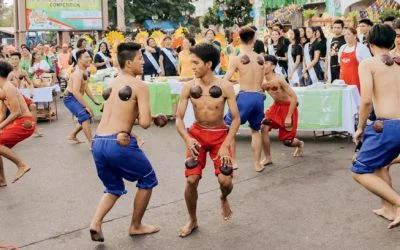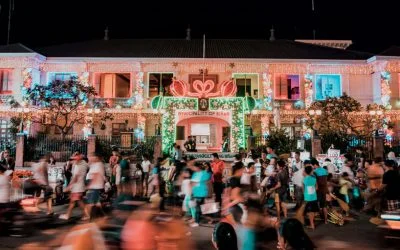The worst threat to traditions is when they cease to play a role in the lives of the people. They will continue to live only as long as there are efforts to preserve them. Biñan prides itself for treasuring its inherited traditions despite the estrangement of the modern generation from their roots as the nation tries to keep up with the rest of the world. For nine long days, Biñan celebrates its lively Puto Latik Festival, to laud and to foster its Puto Biñan, and its “maglalatik” folk war dance which is offered to San Isidro Labrador, patron saint of farmers and of Biñan.
The festival was first celebrated every first week of February. However, it is more apt to celebrate the festival that lionizes Biñan’s link to agriculture since it was cultivated for such when it was first being colonized by Spain – back when it was still called the Hacienda de San Isidro Labrador de Biñan. Hence, the festival was moved to the feast day of the city’s patron saint San Isidro Labrador, which is on May 15, and is now celebrated yearly on that day.
The festival starts with a religious ceremony as a prayer to ask for guidance for the success of the event. The ceremony is done in a very symbolic way called Karakol ng Reyna ng Biñan. The image of the Nuestra Señora de la Paz y Buen Viaje (declared as the Honorary Queen of Biñan through City Resolution 19-2018), is carried by male devotees on their shoulders from the chapel in Barangay Dela Paz (declared as a local historical site through City Ordinance No. 04-2016) to the San Isidro Labrador Catholic Church, the mother church of Biñan, in Barangay Poblacion. It is believed that those who carry the image would be blessed. All the doors of the San Isidro Labrador Church are opened and its bells are rung upon the arrival of the Queen. This is followed by a Eucharistic Celebration, then the Puto Latik grand opening and parade.
Apart from the grand parade, the festival highlights include the activities inspired by the Puto Biñan and “maglalatik“ to encourage the creation of arts and crafts, such as interbarangay street dance competition, costume and interbarangay land float parade and competition, and Puto Biñan 2.0: The Puto Biñan Cook-off. This Puto Biñan-making competition is held to tap the creativity and imagination of the Biñanenses and to encourage further innovations of the iconic Puto Biñan.
In addition, the occasion takes advantage of the festive gathering to explore other creative and sportsmanship pursuits, to advance gender equality and empowerment, to showcase homegrown talents, to steward animal and environmental welfare, to destigmatize persons with disability, to give back to mothers, to honor those who uplift the quality of living, to help increase employment, to conduct medical missions, and to educate about cultural heritage.
The festivity ends with two other grand traditions—the Pistang Intsik and the Santacruzan. With the strong roots of Chinese merchants in Biñan, the Pistang Instik celebrates the heritage of its Chinese communities who have played a significant part in creating the identity both of the town and of its people. Meanwhile, the Santacruzan is a religious parade observed nationwide that honors the finding of the True Cross (or the physical remnants which are believed to be from the actual cross upon which Jesus was crucified) by Queen Helena (Reyna Elena).
All of these initiatives, done through the collective effort of the Biñanenses, render the Puto Latik Festival not only more exciting, but also more meaningful. In 2018, 2019 and 2022, the Puto Latik Festival won for Biñan the Department of Tourism-ATOP Pearl Awards as one of the Best Tourism Events in the Philippines.





